In an annual report issued yesterday, entitled Yellowstone National Park Natural Resource Vital Signs, the National Park Service detailed the current progress of efforts to reduce the population of non-native fish species within the park. These efforts are specifically geared towards reducing competition with the park's native fish species, Westslope Cutthroat Trout and Yellowstone Cutthroat Trout, hopefully allowing the populations of these species native to the park's ecosystem to expand. According to the report, current efforts to remove non-native species of fish within the park are proving ineffective. In fact, populations of some non-native species have even increased, despite efforts to the contrary.
The situation concerning Yellowstone Cutthroat Trout (YCT) in Yellowstone Lake continues to be a struggle. In fact, the number of YCT caught per mile during sampling efforts reached an all-time low of 5.3 in 2010, after peaking at nearly 20 YCT per mile in the early 1980s. Managers attribute this continued decline to predation by nonnative lake trout, whirling disease and the effects of low water conditions in recent drought years. Unfortunately, despite the removal of over 550,000 nonnative lake trout during the last decade and a half, perceived populations of lake trout continue to rise.
The report, however, remains optimistic about prospects going forward. Despite the failure of efforts to remove nonnative lake trout and rebuild populations of native Yellowstone Cutthroat Trout, the report indicates that population modeling suggests that an increase in effort may allow managers to reach an ambitious goal set forth in the 2010 Native Fish Conservation Plan of reducing lake trout population by 25% annually until it "collapses to an insignificant level".
For more information, you can download the full report here.

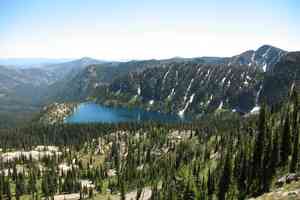


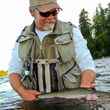
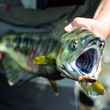
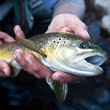
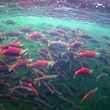
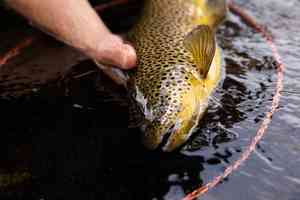

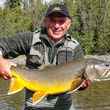
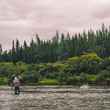

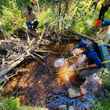
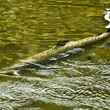
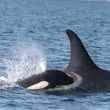

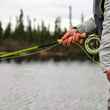


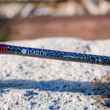

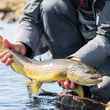
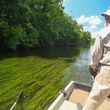
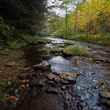
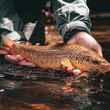



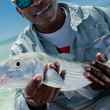

Comments